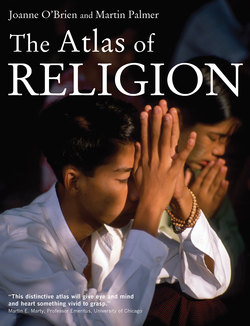Читать книгу The Atlas of Religion - Joanne O'Brien - Страница 30
ОглавлениеSince the 1980s, Jewish population trends have been affected by major socioeconomic and geopolitical changes: the break-up of the Soviet Union, the end of apartheid in South Africa, the reunification of Germany, the expansion of the European Union, instability in some Latin American countries and continuing tensions in the Middle East. As a result, 80 percent of the world’s Jews now live in the USA and Israel. The ‘core’ Jewish populations illustrated on this map include those who, when asked, identified themselves as Jews, or were identified by someone in the same household as Jews. This definition reflects subjective feelings and overlaps, but does not always coincide with, definitions of rabbinic law – Halakah. Jewish population studies also recognize the ‘enlarged’ Jewish population: this includes the ‘core’ population, all others of Jewish parentage who are not currently Jewish, and the non-Jewish members of their households. In the state of Israel, however, individual status is subject to Ministry of Interior rulings that follow criteria established by rabbinical authorities. The ‘core’ Jewish population in Israel is not based on personal subjective identification but reflects the legal rules of Halakah.
Copyright © Myriad Editions Limited
30
